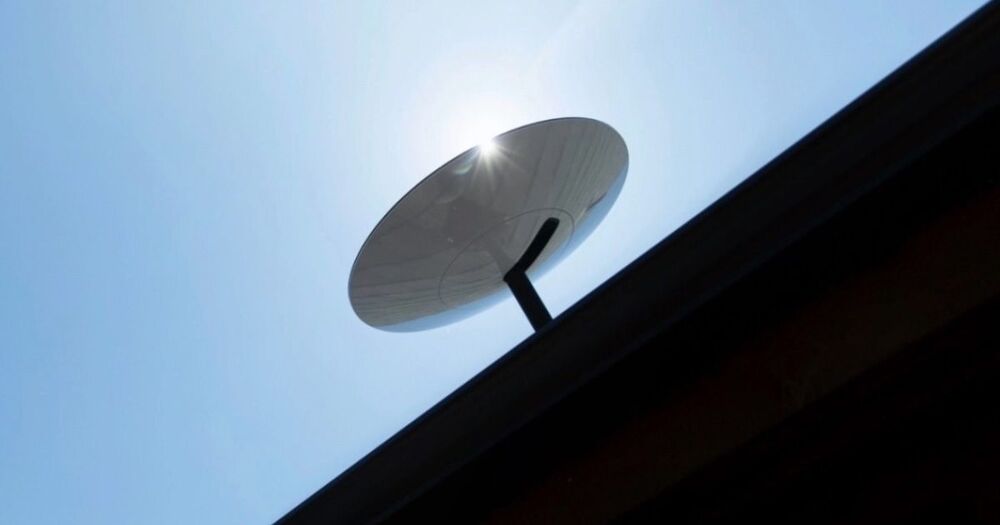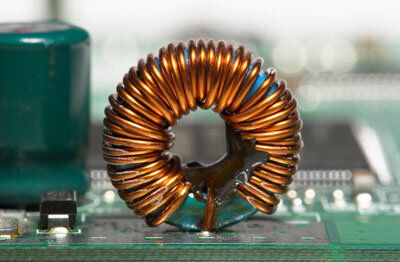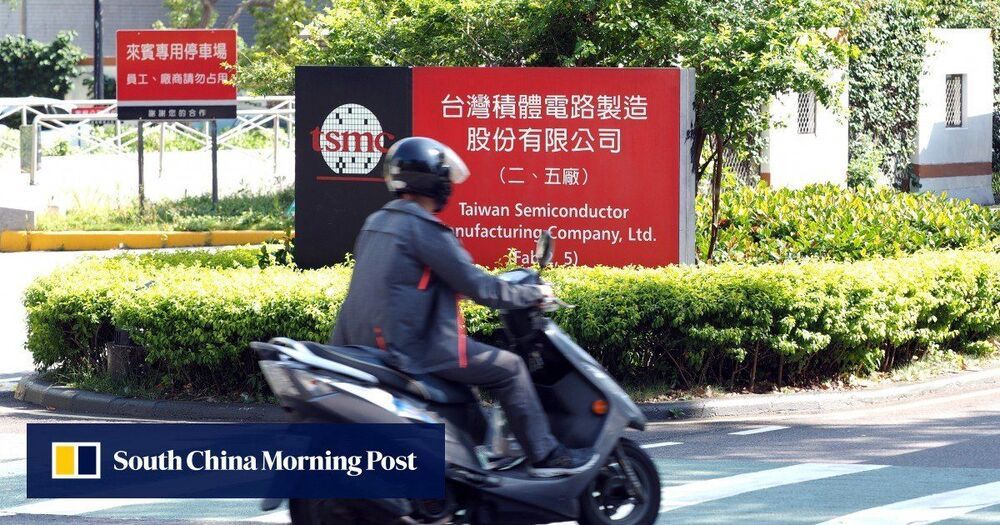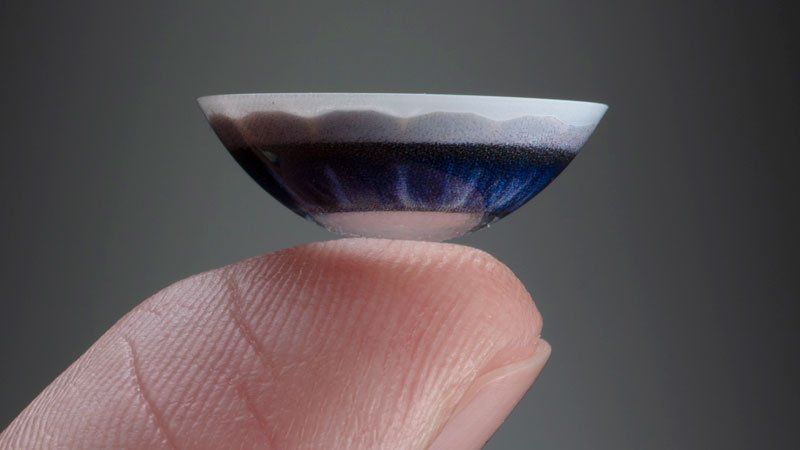Archive for the ‘mobile phones’ category: Page 119
Feb 5, 2021
Inductance based on a quantum effect has the potential to miniaturize inductors
Posted by Saúl Morales Rodriguéz in categories: mobile phones, quantum physics
Mobile-phone chargers and other devices could become much smaller after an all-RIKEN team of physicists successfully shrunk an electrical component known as an inductor to microscale dimensions using a quantum effect.
Feb 5, 2021
Opinion | They Stormed the Capitol. Their Apps Tracked Them
Posted by Teresa Lynn in categories: mobile phones, transportation
Your smart phone will track your movements if your Location is On.
No brainer right? Turn your Location to Off if you don’t wanna be tracked. Mine is always off!
In the case of 1/6/2021 on the US Capitol:
Continue reading “Opinion | They Stormed the Capitol. Their Apps Tracked Them” »
Feb 1, 2021
SpaceX could soon start to manufacture next-generation Starlink satellites
Posted by Raphael Ramos in categories: mobile phones, satellites
It seems new versions are coming out at the same rate as smart phones…🤣
Featured Image Source: @ErcXspace via Twitter SpaceX is deploying Starlink satellites to low Earth orbit on a monthly basis. The company says Starlink will become ‘the world’s most advanced broadband internet system’ capable of providing service to countries globally. To date, SpaceX’s fleet of flight-proven Falcon 9 rockets have deployed approximately 1025 Starlink satellites over the course of eighteen missions. The satellites transmit their signal from four phased array radio antennas. This flat type of antenna can transmit in multiple directions and frequencies without moving. Starlink will beam data over Earth’s surface at the speed of light, bypassing the limitations of of our current internet infrastructure.
Feb 1, 2021
5 Best Life Extension Blood Tests and Companies in 2021
Posted by J.P. Medved in categories: biotech/medical, mobile phones
Has anyone tried any of these longevity blood testing companies? How are their recommendations? I’m especially curious if Life Extension’s online phone consultations are worth it.
This is the second article in a two-part series on the best aging biomarkers to track for longevity. While the first article on aging biomarkers discussed 20 specific biomarkers to track, in this post we compare different life extension blood tests and testing companies on the market.
Affiliate Disclaimer: Longevity Advice is reader-supported. When you buy something using links on our site, we may earn a few bucks.
Jan 25, 2021
Microsoft wants to replace artists with AI
Posted by Genevieve Klien in categories: mobile phones, robotics/AI
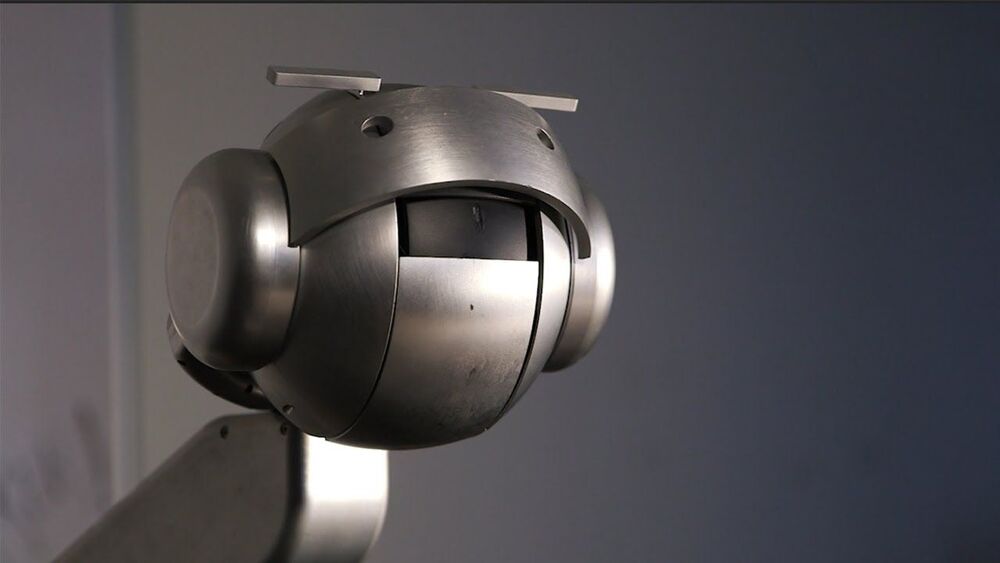
Better Zoom calls, simpler email attachments, smart iPhone cases and other patents from Big Tech.
Jan 24, 2021
Watch London’s Cool, Quirky Augmented Reality Art Exhibit at Home
Posted by Jose Ruben Rodriguez Fuentes in categories: augmented reality, mobile phones

Here’s how it worked: red buoys placed along the river walk indicated the locations of the digital artworks. Visitors had to install an app on their phones called Acute Art. Pointing their phones at the area around the buoys, they’d see the digital sculptures appear.
The artwork didn’t follow any particular theme, but rather consisted of everything from a giant, furry spider to a wriggling octopus to a levitating spiritual leader. Artists included Norwegian Bjarne Melgaard, Chinese Cao Fei, Argentine Tomas Saraceno, German Alicja Kwade, American KAWS, and several others.
Continue reading “Watch London’s Cool, Quirky Augmented Reality Art Exhibit at Home” »
Jan 19, 2021
TSMC gears up for mass production of 3-nm chips for high-end devices
Posted by Derick Lee in categories: computing, mobile phones
Taiwan contract chip maker TSMC will begin ‘risk production’ of its 3-nanometre process this year, a technology advance that will deliver higher performance and longer battery life for 5G smartphones and other high-end electronics products.
Jan 16, 2021
Smart Contact Lens Targets Vision Improvement
Posted by Quinn Sena in categories: biotech/medical, mobile phones
The device, which is like a smartphone in the eye, took home an award at the year’s biggest tech conference, but it’s not quite ready for prime time.
Jan 15, 2021
Quantum Drones Take Flight
Posted by Genevieve Klien in categories: computing, drones, encryption, mobile phones, quantum physics, satellites
A small prototype of a drone-based quantum network has successfully relayed a quantum signal over a kilometer of free space.
The airwaves are chock full of “classical” information from cell phones, radio stations, and Wi-Fi hubs, but one day those waves could be carrying quantum encrypted messages or data input for a quantum computer. A new experiment has used a pair of hovering drones to dole out quantum information to two ground stations separated by 1 km [1]. This demonstration could lead to a drone-based quantum network that could be positioned—and easily repositioned—over a city or rural area.
Quantum communication promises fully secure message sharing. For example, two users could exchange encrypted messages using “entangled” photons, pairs of particles with a unique quantum-mechanical relationship. For every pair, one photon would be sent to each of the users, who would be alerted to any eavesdropping by a loss of entanglement between the photons. One of the most common methods for sending such quantum encrypted messages relies on optical fibers (see Viewpoint: Record Distance for Quantum Cryptography). But in fibers, a large fraction of the photons scatter before reaching their destination. More photons can survive if quantum information is transmitted through the atmosphere, as in the quantum link established using a Chinese satellite in 2018 (see Focus: Intercontinental, Quantum-Encrypted Messaging and Video). However, satellites are expensive and difficult to adapt to changing demands on the ground.
